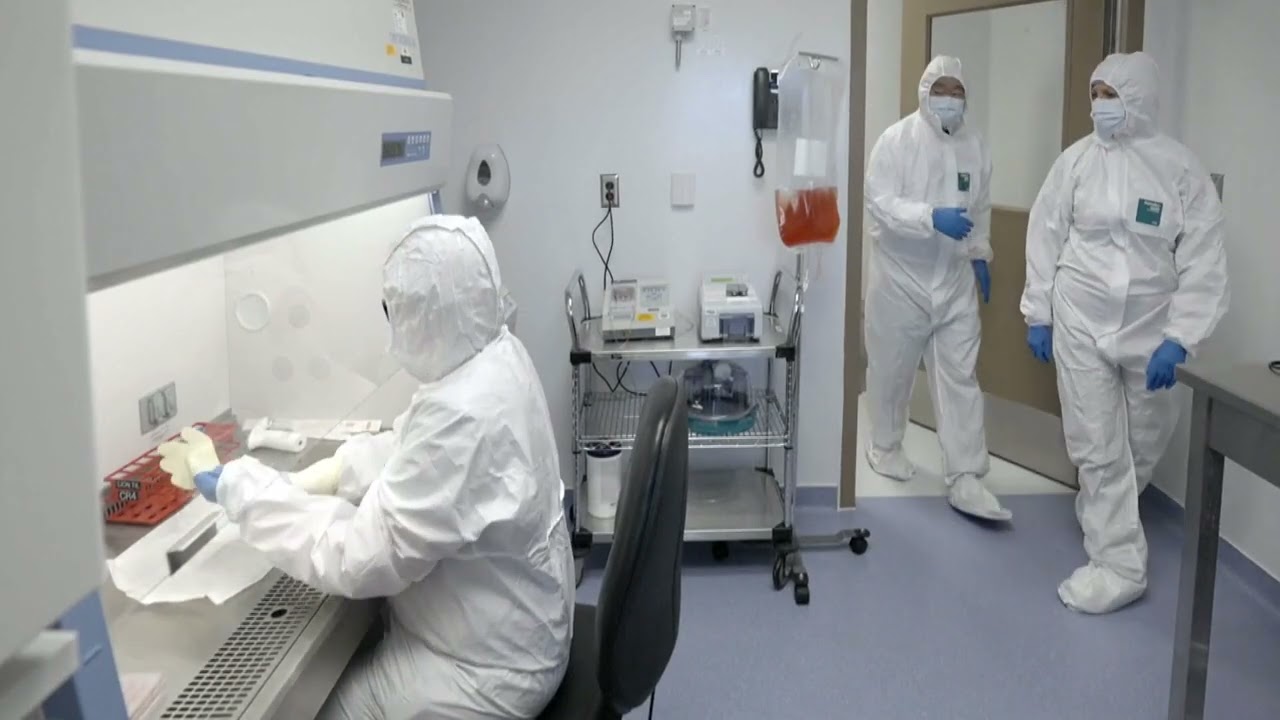The Oncology Channel
September 11, 2013 • Oncology, Oncology / Hematology, Reuters Health • The Doctor's Channel Newscast
NEW YORK (Reuters Health) – Among several different DNA-based quantitative polymerase chain reaction (qPCR) assays for detecting a critical JAK2 mutation in myeloproliferative neoplasms, one stands out as having the best performance, a European study concludes.
“This study has established a robust, reliable assay for sensitive JAK2-V617F detection, suitable for assessing response in clinical trials, predicting outcome and guiding management of patients undergoing allogeneic transplant,” the investigators conclude in their report in Leukemia online August 13.
Dr. David Grimwade, at King’s College London School of Medicine, and colleagues explain that the JAK2-V617F mutation occurs in most cases of polycythemia vera, primary myelofibrosis and essential thrombocythemia, and reliable detection of the mutation has become essential for routine diagnosis as well as tracking of minimal residual disease following treatment.
To assess the performance of the “plethora” of PCR assays developed to quantify the mutant allele burden in patients with myeloproliferative neoplasms, the authors set up a network of 12 labs in seven countries.
Nine qPCR assays went through seven rounds of testing using standard cell-line dilutions and plasmid controls. The primer and probe sequences used in the nine assays to amplify wild type JAK2 and JAK2-V617F are listed in a supplementary table on the Leukemia website.
The repetitive testing process ultimately eliminated seven of the assays for reasons such as low reproducibility, inconsistent performance, or poor sensitivity.
The two remaining assays, dubbed assays 5 and 7 in the study, had the best sensitivity, with most labs detecting the 0.08% dilution. Further testing showed that assay 5 exhibited less cross-reactivity with the wild-type JAK2 allele than assay 7.
The authors went on to assess the reliability of assays 5 and 7 for detecting minimal residual disease, and to predict outcomes, using stored samples from 28 patients with JAK2-V617F-positive myeloid neoplasms who had undergone allogeneic stem cell transplantation.
Results obtained with the two assays were closely concordant. These showed that 17 of the patients achieved molecular remission, but test results became positive again in 12 of them and predicted clinical relapse.
Overall, Dr. Grimwade and colleagues conclude that assay 5 offers the best performance and it “can be used to reliably track MRD (minimal residual disease), suitable for guiding management post-transplant.”
“Importantly,” they add, “we found that this assay performed well across different qPCR platforms, giving rise to comparable results, and therefore can be recommended for assessing the impact of novel therapies on the malignant clone in clinical trials, as well being implemented into the routine management of patients undergoing allogeneic transplantation.”
SOURCE: Establishing optimal quantitative-polymerase chain reaction assays for routine diagnosis and tracking of minimal residual disease in JAK2-V617F-associated myeloproliferative neoplasms
Leukemia 2013.








